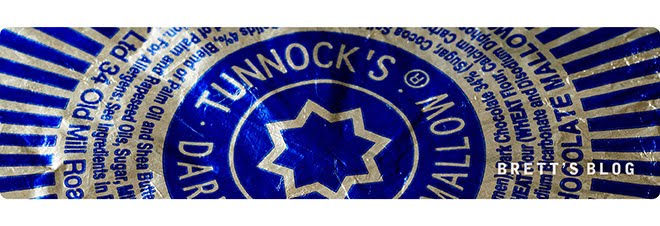
In 1623 Salomone Rossi published sheet music for his composition Ha-shirim asher li-shelomo, a collection of 33 Psalms, hymns, and liturgical poems for festive synagogue occasions. I'm fairly sure you don't own a copy, and that you're not aware it was the first sheet music to be printed with a Hebrew typeface. I'm also guessing your deplorable ignorance on this matter wasn't bothering you overmuch. What is more interesting is the inscription printed in the preface, setting out a rabbinical curse on anyone who copied the contents without permission or recompense to the composer.
We have agreed to the reasonable and proper request of the worthy and honored Master Salamone Rossi of Mantua... who has become by his painstaking labours the first man to print Hebrew music. He has laid out a large disbursement which has not been provided for, and it is not proper that anyone should harm him by reprinting similar copies or purchasing them from a source other than himself. Therefore... we the undersigned decree by the authority of the angels and the word of the holy ones, invoking the curse of the serpent's bite, that no Israelite, wherever he may be, may print the music contained in this work in any manner, in whole or in part, without the permission of the above-mentioned author... Let every Israelite hearken and stand in fear of being entrapped by this ban and curse. And those who hearken will dwell in confidence and ease, abiding in blessing under the shelter of the Almighty. Amen.
Creating the initial printing plates for a book was laborious and expensive. Authors of a publication would make deals with printers, usually involving a one-off payment for the rights to print their work, which the printer would write off against the subsequent books sales.
However, once the original plates had been constructed, making copies was comparatively simple and inexpensive. It wasn't long before print operators looking to supplement their income started selling duplicate plates to unscrupulous printers who would produce and sell the virtually identical products, robbing the original printer of income.
As we saw in the last article, copyright's origins lay in government's desire to control information, and to gain revenue from it. The rights of the author were considered secondary. The modern concept of copyright didn't arrive until 1710 when the British Statute of Anne gave exclusive rights to authors rather than publishers.
Not only that, but it prevented publishers from controlling a publication after it had been purchased. This meant that once a book was sold, its owner could lend, or re-sell it if they chose. It also limited the duration of a publisher's exclusive rights to 28 years, after which works would pass into the public domain.
The Berne Convention for the Protection of Literary and Artistic Works of 1886 initiated the concept of copyright that extended beyond the boundaries of just one country. Not only that but copyrights became automatically assumed, so, as soon as a work is written or recorded on some physical medium, its author is automatically entitled to all exclusive rights to the work and any derivative works until the copyright expires.
Up to this point, not many people would argue that the concept of copyright was moving in the right direction, with the rights of author and consumers alike being defended. Most of us benefit from the concept of people being financially recompensed for work that they do, and the equally important conviction that your property is worthy of protecting.
------------

No comments:
Post a Comment